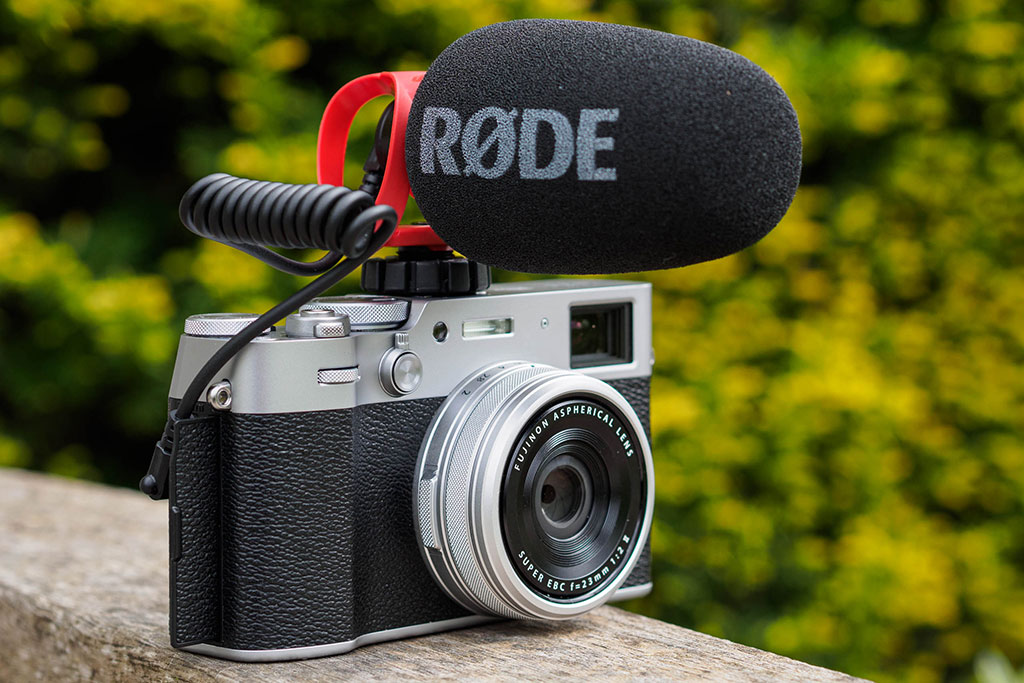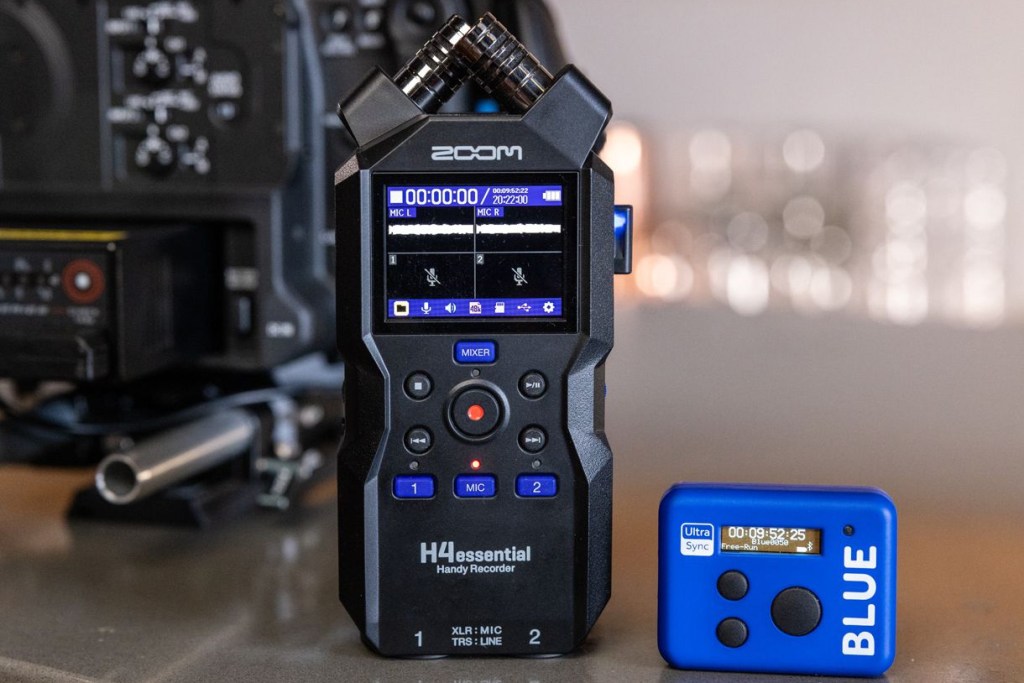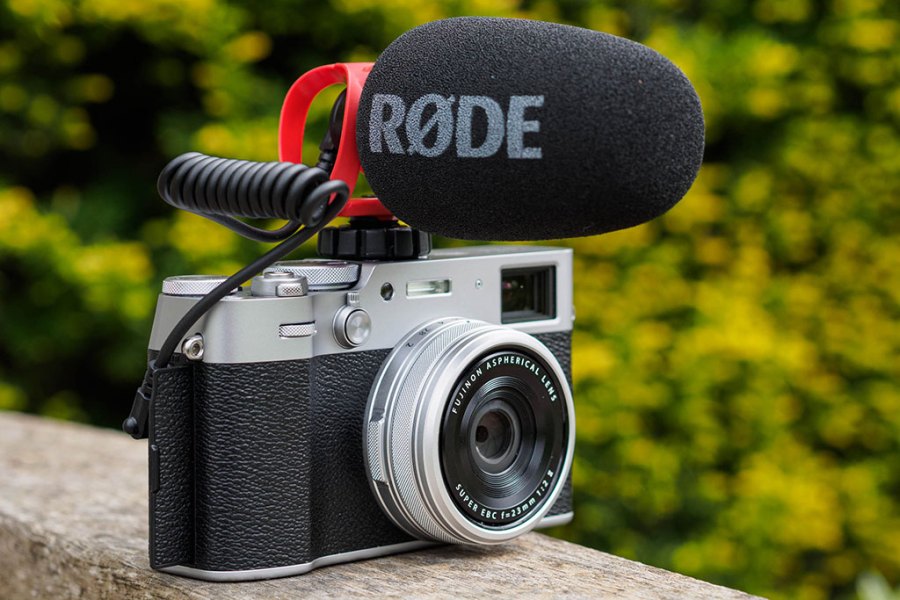Advertising feature in partnership with CVP
Oscar-winning documentary filmmaker Michael Moore once said, “I tell students that sound is more important than pictures. The audience will forgive you if an image is a little blurry, but not if they can’t hear or understand what’s going on. Sound carries the story.” So why is audio often such an oversight in the video kit purchasing process?
In the past, diving into audio could feel quite pricey, with equipment costing nearly as much as your camera. Today, though, manufacturers have made wonderful changes to cater to everyone, whether you’re just starting out or are an experienced pro. In this guide, we’re excited to help you explore the sometimes puzzling world of audio gear!
Shotgun Mics
A shotgun microphone features a directional pickup pattern, which means its orientation affects what it records. Additionally, these microphones minimize sounds outside their designated area, making them perfect for isolating voices in loud settings or for capturing particular sounds against a backdrop of general noise. Now, let’s explore some budget-friendly on-camera shotgun microphones to identify the best option for you:

Australian manufacturer RØDE offers a range of on-camera microphones, including the compact and budget-friendly VideoMicro II, the impressive mid-range Videomic Go II which features a USB-C port for computer use—and the premium battery-operated broadcast-quality Videomic Pro +.
Other alternatives consist of Deity’s V-Mic D4, comparable in size to RØDE’s Videomicro II but offered at a significantly lower price, and Sennheiser’s Videomic Pro rival, the MKE 400. Additionally, an honorable mention goes to Sony’s ECM-M1, a shotgun microphone that can connect directly to the hot shoes of newer camera models, eliminating the need for a cable.
Pros:
- Highly portable and lightweight
- Perfect for vlogging due to their placement on the camera.
- Improved quality over built-in microphones
Cons:
- Limited Range due to directional nature and lower power
- Can pick up camera noise, especially louder auto-focus motors
- Sensitive to wind – may require a windscreen or furry ‘dead cat’ outdoors
Wireless and Lavalier Mics
Lavalier mics, also known as lapel mics, are crafted specifically to capture the human voice by being clipped to clothing at mid-chest height. Their compact design allows for clear, hands-free sound capture, making them ideal for presentations, vlogging, and filmmaking.
Audio is usually sent wirelessly from a transmitter (TX) to a receiver (RX) on the camera. Recent technological advancements have led to the development of body packs that function as both transmitters and recorders, often featuring high-quality built-in microphones. Their compact design and small size have made them popular among solo shooters and content creators, so let’s focus on these devices.
—Top-View.jpg?w=1020)
DJI has recently ventured into the wireless microphone market, including a DJI Mic 2 TX pack in their Osmo Pocket 3 Creator Combo, alongside a more conventional TX/RX pack. The DJI Mic 2 features a built-in microphone, a charging case for the packs, and internal 32 Bit Float recording capabilities. This format resembles a camera’s raw mode, allowing the device to capture a wide range of audio information, which simplifies the recovery of clipped audio during post-production.
If the compact design of the Mic 2 feels too bulky for your needs, DJI has also introduced the ultra-discreet and budget-friendly DJI Mic Mini. This petite mic system is exceptionally small, but it does not offer internal recording or 32 Bit float modes.
Pros:
- Consistent Audio Quality as attached at the same point throughout
- Easy to conceal for a professional look
- Fast setup and low footprint due to tiny size and minimal cabling
Cons:
- Wireless interference issues can occur with wireless signals.
- Potential for clothing rustle duetopoor mic placement
- Internal Battery dependence can be an issue on longer shoots
Audio Recorders
Audio recorders do what they say on the tin: they record audio. However, like their microphone counterparts, they come in various shapes, sizes, and price ranges. A good audio recorder can provide a series of confidence boosters on set. In-camera audio has improved over the years, but a dedicated recorder tends to offer more control and nuance in the capture process, as well as greater flexibility, especially regarding the number of microphones you can record simultaneously and the types of microphones you can attach.

Zoom has been a key player in the budget audio market for many years, providing numerous options for aspiring sound recordists. Their newly announced ‘Essentials’ range features 32 Bit Float recording as mentioned earlier, with the ability to capture input from up to six microphones simultaneously, depending on the model you choose. The H4 essential serves as a solid entry-level option, featuring a built-in mic, 4 XLR audio inputs, and a compact, portable design. For those needing more microphone inputs, the H6 essential offers six inputs and a detachable mic capsule system, allowing you to easily change the built-in microphone type.
Tascam is another industry stalwart. Their recently released FR-AV2 provides two XLR inputs and in-built timecode jamming to make syncing in editing a breeze. Timecode jamming is a feature normally only found in higher-end recorders, so this will be a desirable feature for some camera operators.
Pros:
- Higher Audio Quality than built-in camera mics
- Multiple Inputs add better flexibility than most cameras
- Longer Recording Times due to independent SD cards
Cons:
- Requires syncing in post over using internal camera audio
- Extra bulk in your kit bag. Problematic for vloggers
- An additional process on set. Can forget to press record
Investing in high-quality audio gear can significantly enhance your content, whether it’s vlogging, filmmaking, or conducting interviews. Each type—shotgun microphones, lavalier mics, and audio recorders—offers unique advantages and drawbacks, making the best choice dependent on your shooting style and surroundings. By focusing on delivering clear, professional sound, you keep your audience engaged and your storytelling effective. Make thoughtful selections, and audio will no longer be a secondary consideration!
Advertising feature in partnership with CVP.com







